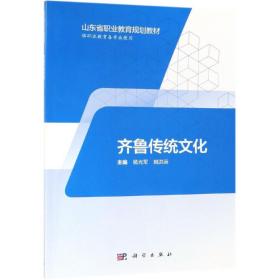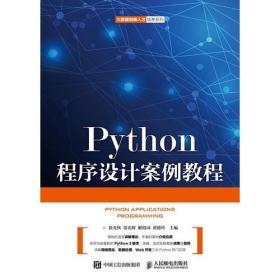
国际工程教育发展与科技人才全球化竞争 =INTERNATIONAL ENGINEERING EDUCATION DEVELOPMENT AND GLOBAL COMPETITION OF SCIENTIFIC AND TECHNOLOGICAL TALENTS : 英文
¥ 8.99 1.6折 ¥ 58 全新
库存5件
山东泰安
认证卖家担保交易快速发货售后保障
作者王孙禺 著;顾皓
出版社吉林大学出版社
出版时间2020-10
版次1
装帧平装
货号R5库 12-12
上书时间2024-12-13
- 在售商品 暂无
- 平均发货时间 25小时
- 好评率 暂无
- 最新上架
商品详情
- 品相描述:全新
图书标准信息
- 作者 王孙禺 著;顾皓
- 出版社 吉林大学出版社
- 出版时间 2020-10
- 版次 1
- ISBN 9787569272925
- 定价 58.00元
- 装帧 平装
- 开本 16开
- 页数 180页
- 字数 99999千字
- 【目录】
-
Chapter 1: Engineering Technology Educatioithe United States 1.1 Introduction 1.2 Engineering technology educatioithe U. S. (Instructions, programs, and accreditation) 1.3 The nature of engineering technology education 1.4 Engineering technology educatiosupply and demand 1.5 Licensing,certificatioand equivalency 1.6 RecommendationsChapter 2: The Productioof Engineering Technology Talents ithe United States 2.1 Introduction 2.2 Trends idegree production 2.3 Educational compositioof the engineering technology workforce 2.4 Demographics: diversity 2.5 Work-based educatioand training 2.6 Community college experiences and connections to pre K-12 educationChapter 3: The Employment of Engineering Technology Talents ithe OECD Countries 3.1 Introduction 3.2 Size and compositioof the engineering technology work force 3.3 Trends iemployment,income,and age 3.4 Work rules, skills, and job performance 3.5 Career pathways and hiring patterns 3.6 Shortages 3.7 The impact of automatioand technological developmentChapter 4: The Global Competitiofor Engineering Technology Talents-Discussioothe OECD Countries‘ Labor Market 4.1 Knowledge diffusioand impacts of international mobility 4.2 International mobility and its impact 4.3 Mobility strategies and current policy approaches 4.4 Suggestiofor government interventioand future mobility policy suggestionChapter 5: The Significant RelationshipetweeCulture, Physical Environment, Geographical Location, and the Success of Technology Transfer: A Case Study and OECD Countries Private Manufacturing Industries 5.1 Introduction 5.2 Cultural factors 5.3 Cross-cultural theories 5.4 Leadership and culture 5.5 Case study:A private Chinese firm-Huawei 5.6 DiscussiooOECD countries private manufacturing industries 5.7 ConclusionChapter 6: Analysis oEngineering Technology Educatioithe United States and Other OECD Countries 6.1 Introduction 6.2 Present situatioand characteristics of engineering technology educatioithe United States and other OECD countries 6.3 Strategies for science, technology, engineering and math iengineering technology education 6.4 The impact of engineering technology educatiooregional industrial competitiveness 6.5 Future development of engineering technology educatioithe United States and other OECD countries 6.6 Findings and conclusionsReferences
作者介绍
王孙禺,清华大学教授,博士生导师,联合国教科文组织国际工程教育中心副主任兼秘书长,中国工程教育认证协会常务理事,中国高等工程教育专业委员会理事,清华大学教育研究所原所长,清华大学人文社会科学学院原院务委员会主任。
序言
点击展开
点击收起
— 没有更多了 —












以下为对购买帮助不大的评价